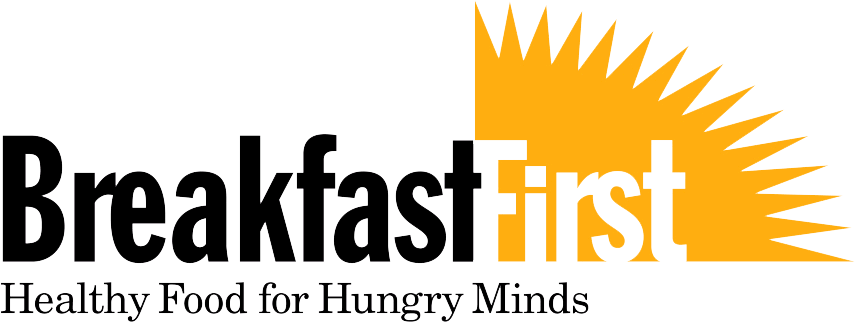School Breakfast Basics

Students must be well nourished in order to learn, grown, and achieve at their fullest potential. Eating breakfast supports health and academic success. Robust school breakfast programs help ensure that all students start the day ready to learn. Robust school breakfast programs help ensure that all students start the day ready to learn.
All public and nonprofit private schools can offer free or low-cost morning meals to students through the federal School Breakfast Program. Participating schools receive a federally funded reimbursement for each meal served. Some states, including California, also provide state-funded reimbursements.
While the majority of public schools in California operate the School Breakfast Program, many students are unable to access school breakfast because of when and where it’s served: in the cafeteria before the school day begins. That traditional service model excludes students who, due to transportation or family schedules, are not able to arrive to school early. That traditional service model can also exacerbate the stigma associated with receiving free or low-cost school meals.
Fortunately, there are school districts across California successfully supporting their students with innovative, cost-effective service models like Classroom Breakfast, Second Chance Breakfast, and Grab n’ Go that increase school breakfast participation. Serving breakfast after the school day begins or from multiple locations around campus helps connect more students to the health and academic benefits of a morning meal.
Legislators, administrators, educators, parents, students, and concerned community members can take immediate action to help close the school breakfast gap
- Find out when and where the schools in your community are serving breakfast.
- Encourage your school and district leaders to offer breakfast at times and places that reach all students in need.
- Answer calls to action from BreakfastFirst. See the latest calls to action.
A School Breakfast Program factsheet. PDF
